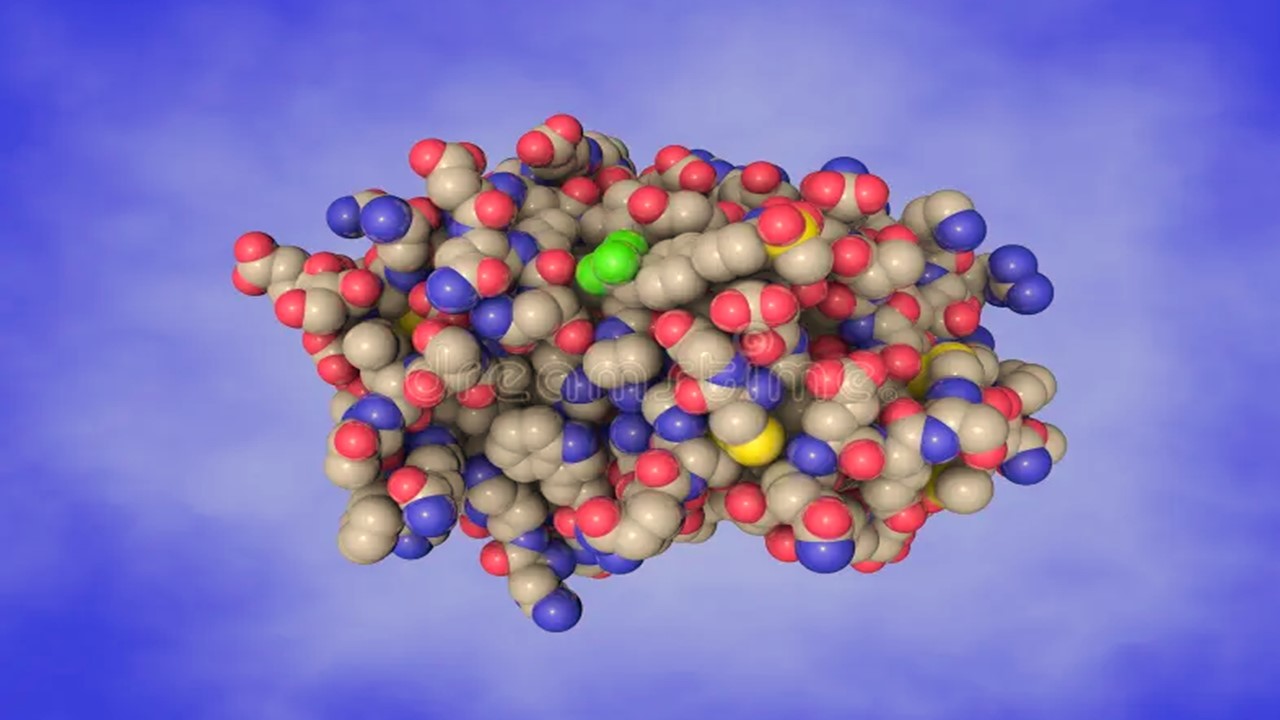Researchers at the Institute of Cancer Research (ICR) in London have shed light on the inner workings of a crucial protein involved in a variety of cellular functions, possibly paving the path for more effective and less harmful cancer treatments.
They discovered how the tankyrase protein turns itself on and off by self-assembling into 3D chain-like structures using Nobel Prize-winning imaging techniques.
A Glimpse into A Brighter Future for Bowel Cancer
Their research, which was published in the journal Nature, offers critical structural understanding of the mysterious but significant tankyrase, which is particularly key in assisting with the development of bowel cancer.
The ICR researchers are hopeful that their work may lead to the development of novel cancer therapies that can more effectively and with fewer side effects control tankyrase than is presently achievable. In fact, the key finding might even affect the treatment of numerous malignancies, diabetic, inflammatory, cardiac, and neurodegenerative illnesses, among other conditions.
Cancer Research UK, Wellcome, and The Institute of Cancer Research (ICR), which is both a charity and a research organization, provided the majority of the study’s funding.
PARP1 and Tankyrase 1: An Obligatory Comparative Scrutiny
A poly-ADP-ribosyltransferase known as tankyrase 1, or simply tankyrase, prevents TERF1 from attaching to telomeric DNA. Tankyrase interacts with AXIN1 and AXIN2, which are inhibitors of pro-oncogenic β-catenin signaling, and this connection generates a lot of interest in cancer research. Tankyrase inhibitors are an important prospective therapeutic strategy to slow the spread of β-catenin-dependent malignancies because they can boost activity in the β-catenin destruction complex.
Tankyrase is undoubtedly a very important protein since it promotes “Wnt signaling,” which is necessary for the body to retain stem cells and carry out activities like cell division and development but, if unchecked, can fuel various cancers, including bowel cancer.
As a member of the same “PARP family” of proteins, tankyrase is still not fully understood. Even while medications that target PARP1 have already reached the clinic, researchers are still unsure of how tankyrase is activated, how it works, or how to stop it without having undesirable side effects.
The activation mechanisms of tankyrase and PARP1 are compared for the first time in this study. They propose that, like PARP1, tankyrase functions by being drawn to a particular location and “self-assembling,” clustering, and altering its 3D structure to activate itself and carry out its task.
Tinkering with Tankyrase
Scientists have been working on medications to block tankyrase for the past ten years in an effort to cure bowel cancer, but because Wnt signaling is involved in so many different processes, the drugs caused too many adverse effects to make it to clinical trials.
Scientists at the ICR set out to uncover new structural information using cutting-edge cryo-electron microscopy in order to truly grasp how tankyrase inhibitors function and how to produce less harmful treatments. With the use of this incredibly potent type of microscopy, samples are frozen at -180°C so that minuscule details of protein shape may be observed.
The method allowed them to understand why the development of fibers is necessary for tankyrase to activate itself as well as how tankyrase “self-assembles” into chain-like structures.
Protein Domains as Pharmacologic Targets
Future cancer medications could potentially target the “domains” that allow tankyrase to build and deconstruct into various forms. These domains are specific protein areas associated with certain physiologies. They also think that different tankyrase inhibitors will have different effects on Wnt signaling depending on the structural domains that the medicines bind to.
It is hoped that scientists will be able to develop structurally distinct tankyrase inhibitors, ones that are safer and more efficient, and which are urgently required for treating bowel cancer and other disorders with which tankyrase has been associated.
The Need for a Deeper Dive
The study has revealed valuable new information about the crucial function that tankyrase plays in bowel cancer and other disorders. Unfortunately, we are still playing catch-up. While we have all these medications to inhibit tankyrase activity, we still lack the fundamental knowledge to effectively apply them as treatments.
It has been shown that tankyrase transforms from a dormant enzyme to a highly active transferase. Sebastian Guettler, the study’s principal investigator and the division’s deputy head for structural biology at The Institute of Cancer Research in London, emphasizes that the identification and development of less harmful pharmacologic interventions to control this mechanism will undoubtedly usher in a new class of drugs that are not only effective in the treatment of bowel cancer but also have fewer side effects that are beneficial to the patient.
Subscribe
to get our
LATEST NEWS
Related Posts

Immunology & Oncology
Patterns, Profiles, and Patient Outcomes: AI in Oncotherapeutics
AI presents a beacon of hope in revolutionizing cancer management across various stages.

Immunology & Oncology
Novartis’ Strategic Acquisition of Calypso: A Game-Changer in Autoimmune Therapies
IL-15 therapeutics trailblazer Calypso announces a deal to be acquired by Novartis.
Read More Articles
Synthetic Chemistry’s Potential in Deciphering Antimicrobial Peptides
The saga of antimicrobial peptides unfolds as a testament to scientific ingenuity and therapeutic resilience.












